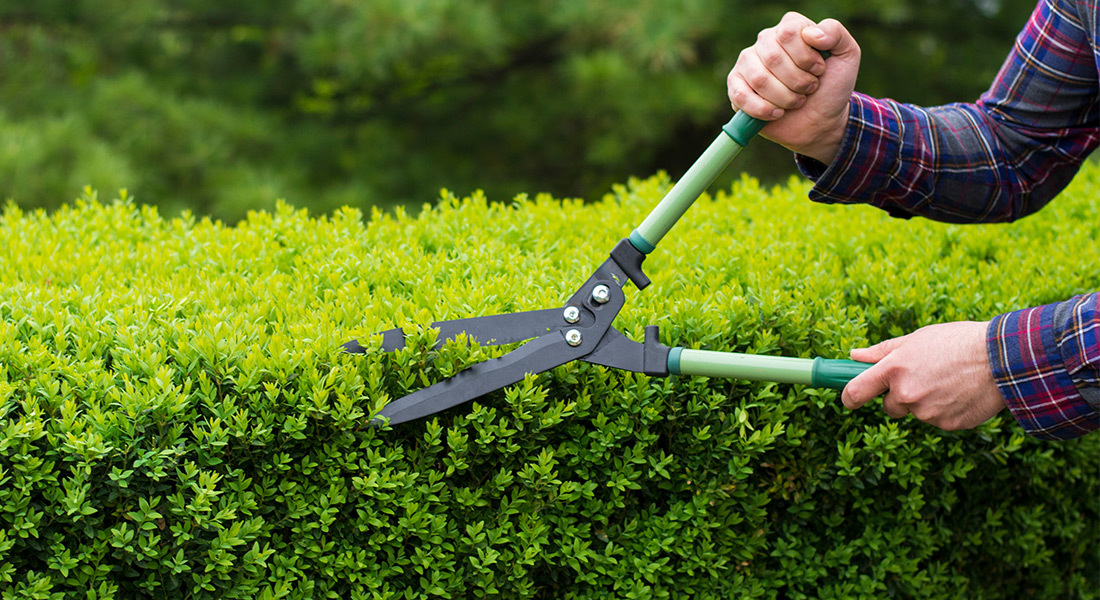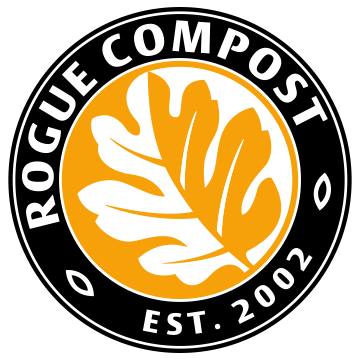What garden tasks should I make sure to check off the list in June?

Now that we’re in June, your flowers, plants and vegetables should be coming along nicely. But that doesn’t mean you can let up on the maintenance, planning and pest control. Here are some things to keep you busy in June:
- Go up! As your tomatoes, pole beans and other tall, viney plants begin to go vertical, it’s time to build trellises and add stakes. You can go as simple or ornate as you like, the purpose is to support the plants as they continue growing toward the sun.
- Water your beds— Raised beds and plants in containers need more water than your plants in the ground. So make sure they receive enough H2O to avoid drying out, scorching or stress from drought.
- Give your pruning shears a workout—This is the time to prune the spent spring blooms and clear out the old — including lilacs, azaleas, rhododendrons and anything else that needs trimming. This lets their greenery continue to thrive while your summer blooms come into their own.
- Thin the fruit on your fruit trees… and on your plants — Once fruit begins dropping off of your apple, pear and peach trees, consider thinning the remaining fruit to allow the tree to send more energy on a crop of larger fruit. And any fruit you pick up from your yard can go into your compost pile or yard debris bin.
- If you planted strawberries, make sure to pick the berries as soon as they’re ripe to avoid fruit-rotting diseases.
- Plant late summer/early fall bulbs — If you love the tall spikes and gorgeous colors of dahlias and gladioli, plant the bulbs now for late summer/early fall blooms.
- Add an extra layer to your ornamental beds —To conserve moisture in the soil in your beds, add an inch or two of compost, bark dust or composted leaves. This will help hold in the moisture and minimize water loss through evaporation as temperatures climb.
- Don’t forget the fertilizer — Once your crops have been up for a month or so, fertilize your vegetable garden by applying a side dressing along the rows. Growing crops are heavy feeders and applying nutrients on or in the soil near the roots (side dressing) will help them thrive.
- Be vigilant about weeds — In southern Oregon, it’s best to manage weeds while they are small and actively growing. You can control your weeds by pulling, hoeing or mulching, using chemical controls only when necessary and only after reading the labels.
- Invite beneficial insects to your yard — There’s a whole category of plants — called insectary plants — that attract helpful bugs to your yard and garden. This includes alyssum, coriander, yarrow, dill, sunflower and candytuft, to name just a few.
- Be on the lookout for pests — If you see notches missing at the edge of your ornamental leaves, check for adult root weevils. Watch for 12-spotted beetles on beans, squash and cucumber, while cabbage worms and flea beetles may be found in broccoli, cabbage and Brussels sprouts. Codling moths go after apple and pear trees, which are found throughout our area. And if you have birch trees and they’re dripping a sticky liquid from the leaves, that signals aphids. Each one of these pests requires special attention. So do your homework and choose most natural remedy you can.
- Don’t forget the love for your lawn — When temperatures go up and there are more hours of sunlight each day, you need to water frequently to keep your lawn healthy and green. The goal is to water 0.25 inches four to six times a week between June and August. To measure your water use, put an empty tuna can where the water lands and mark off ¼ of an inch. That’s all it takes.
Share This
